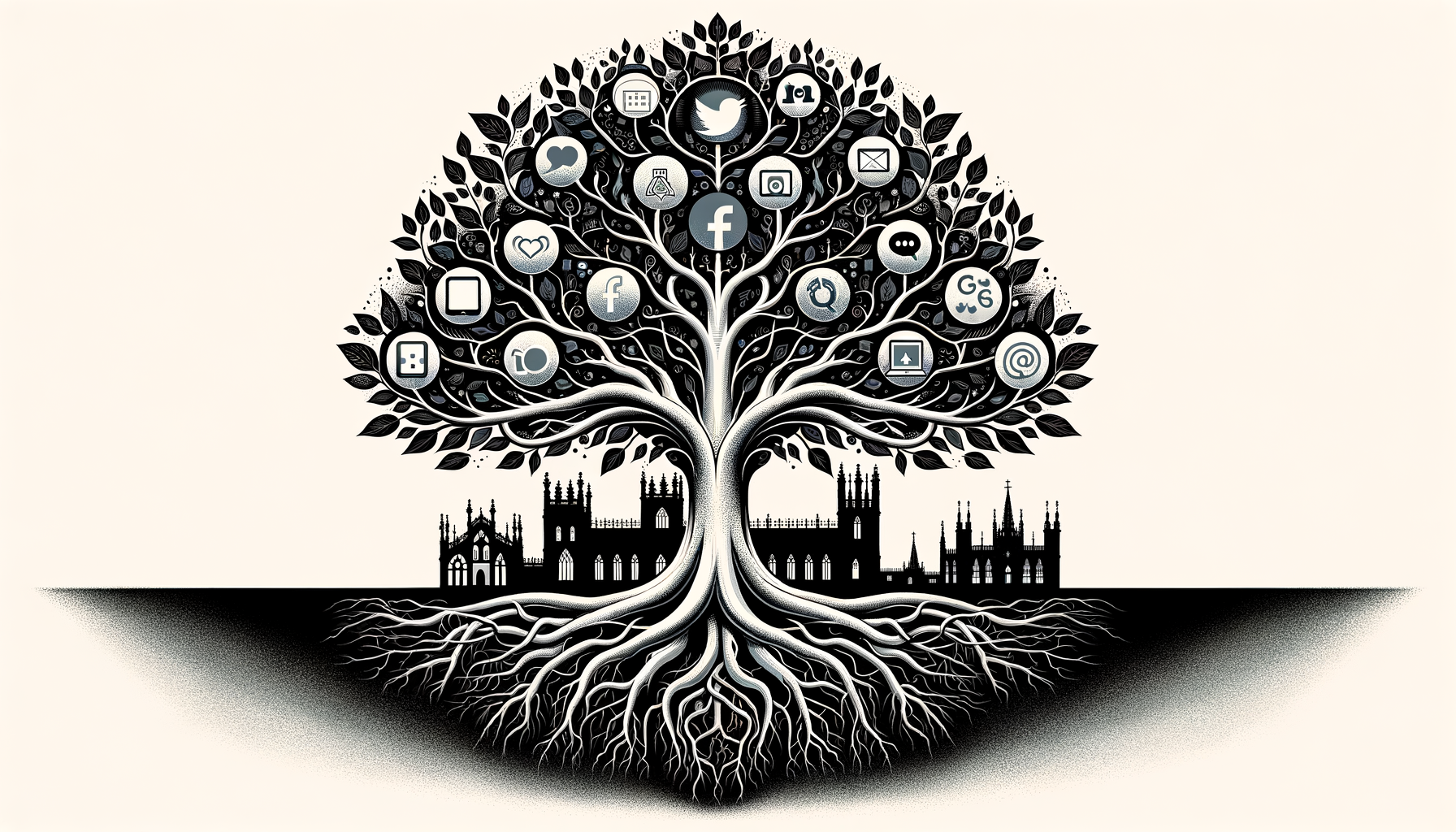No, the new Archbishop is not Bernard Manning’s niece — and here’s what’s actually true
Short answer: No. There’s no credible evidence that Dame Sarah Mullally is related to Bernard Manning. The rumor looks like a brief Wikipedia prank that jumped to social media—and then ran away from the facts.
Now the interesting part: while the internet chased a fake family tree, real history was being made, and some key details about that history got mangled too.
The biggest corrections up front
- It’s Mullally, not Mulally. Her surname has two l’s twice. (Reuters)
- She was ordained priest in 2002, not 2006. 2006 was when she became a Team Rector in Sutton. (Wikipedia bio)
- She’s the first woman named Archbishop of Canterbury—but she doesn’t take office immediately. Formal steps run into early 2026, with installation expected in March 2026. (Diocese of Oxford explainer)
The rumor that wouldn’t die
The claim was simple—and catchy: the newly named Archbishop of Canterbury is the niece of Bernard Manning, a comedian known for offensive material. According to the original report, someone tweaked Mullally’s Wikipedia page to say it. The edit was quickly cleaned up, but screenshots and posts spread on X, and the story stuck.
What’s true:
- We found no credible source—no reliable media report, no church biography, no public record—tying Mullally to Manning in any family way. (Wikipedia bio)
What’s not verified:
- The article claims ex-MP Ed Vaizey repeated the rumor on radio and then blamed Wikipedia. We couldn’t find reputable coverage or recordings confirming that. If such a segment exists, it’s not in accessible archives yet.
Bottom line: This looks like a textbook “Wikipedia graffiti → viral post → lazy echo” chain.
What actually happened on day one
On Friday, 3 October 2025, the Church of England named Dame Sarah Mullally the next—and 106th—Archbishop of Canterbury, the first woman to hold the post. She spoke at Canterbury Cathedral the same day, telling a packed nave: “in an age that craves certainty and tribalism, Anglicanism offers something quieter but stronger.” Those remarks are on the record. (BBC; The Guardian; Reuters)
She also promised to confront past safeguarding failures that damaged trust—again, consistent with major outlets’ reporting that day. (Reuters)
The real timeline: when she actually starts
Historic? Yes. Instant? No.
- Nomination announced: 3 October 2025. (Guardian)
- Required steps: College of Canons election and legal confirmation near/at end of January 2026.
- Installation at Canterbury Cathedral: expected March 2026.
Source: official church guidance on the appointment process. (Diocese of Oxford)
Context: why there was a vacancy
Justin Welby announced his resignation on 12 November 2024 after a damning safeguarding review and formally laid down office by 6 January 2025. The see remained vacant until Mullally’s nomination—roughly nine months, often described as “almost a year.” (Guardian)
Who Sarah Mullally is—without the myth
- Former Chief Nursing Officer for England before entering full-time ministry.
- Ordained deacon in 2001, priest in 2002.
- First female Bishop of London, installed 12 May 2018, a role that ranks third in the Church of England after the Archbishops of Canterbury and York.
Sources: Diocese of London; Bishop of London rank; Wikipedia bio
How a prank beat the truth (for a moment)
Think of Wikipedia like a public noticeboard. Most of the time it’s well watched; sometimes, someone scribbles on it. If a journalist, a pundit, or a hurried producer catches the scribble before the cleanup, the scribble can become “news.” That appears to be what happened here: a fleeting false edit, screenshotted and shared as if it were biography.
What kept it alive:
- The rumor fit a catchy narrative: “offensive comic’s niece becomes feminist church leader.”
- Social media favors speed over verification.
- Some outlets repeated the claim without clear sourcing.
What ended it:
- No reliable sources backed it up. The revised biographies and mainstream reports ignore it—for good reason.
What we could verify vs. what we couldn’t
Verified
- Historic appointment: first woman named Archbishop of Canterbury. (Reuters)
- Her remarks at Canterbury Cathedral. (BBC)
- Career milestones: Chief Nursing Officer; ordained priest in 2002; first female Bishop of London in 2018; Bishop of London is third in rank.
Sources: Diocese of London, Wikipedia - Welby’s resignation timeline. (Guardian)
- Bernard Manning’s death in 2007, age 76, after kidney-related illness. (Guardian obituary)
Unsubstantiated
- Family link to Bernard Manning: no credible evidence.
- Ed Vaizey radio anecdote: no reliable record found.
Corrections
- Spelling: Mullally, not Mulally.
- Ordination year: priest in 2002, not 2006.
- Start date: installation expected March 2026, not immediate.
Our process (and what we’ll keep watching)
We cross-checked the original article against:
- Primary/official sources (Church and diocesan pages).
- Major outlets with on-the-record coverage (Reuters, BBC, Guardian).
- Public biographical entries.
We’ll keep an eye out for any authenticated broadcast clip or written correction involving the alleged Ed Vaizey remark. If a reputable source surfaces, we’ll update.
The takeaway
- No, she’s not Bernard Manning’s niece.
- Yes, she is making history as the first woman named to lead the Church of England.
- And the truth is more interesting than the rumor: a former Chief Nursing Officer turned bishop, now Archbishop-designate, pledging to confront failures and rebuild trust—while the internet tries to pull her family tree into a punchline that never existed.
